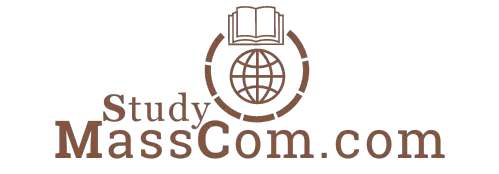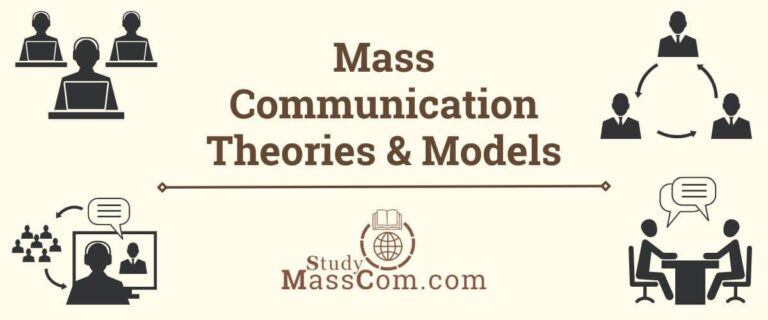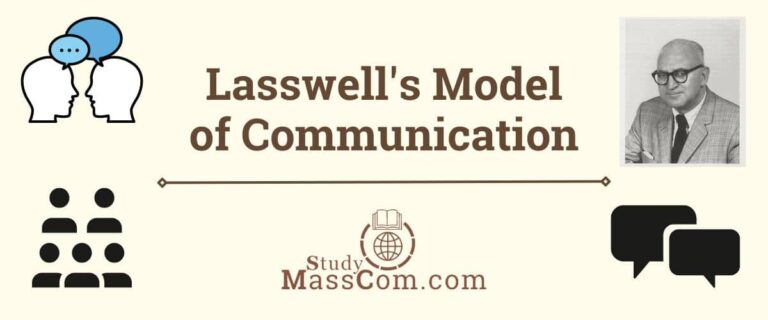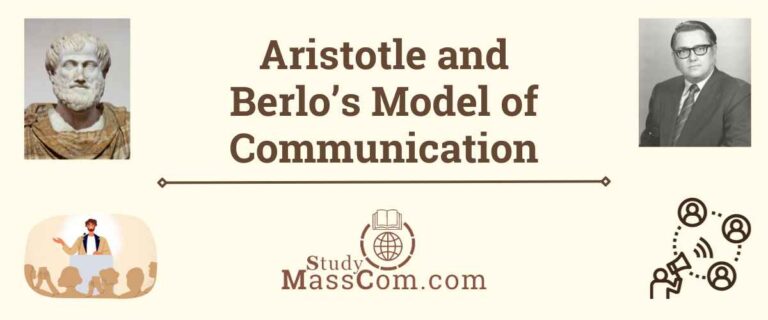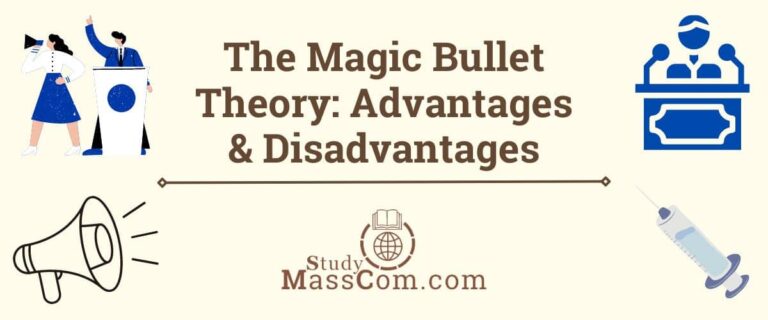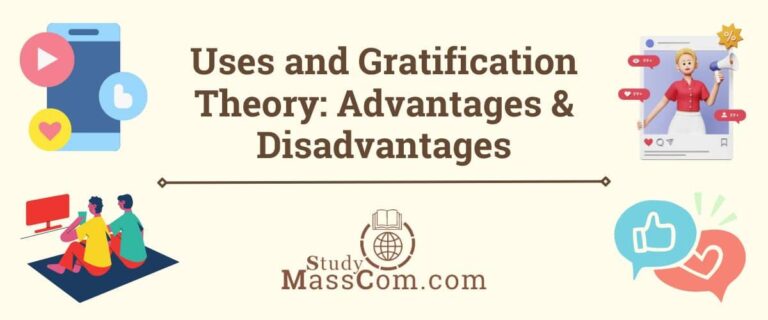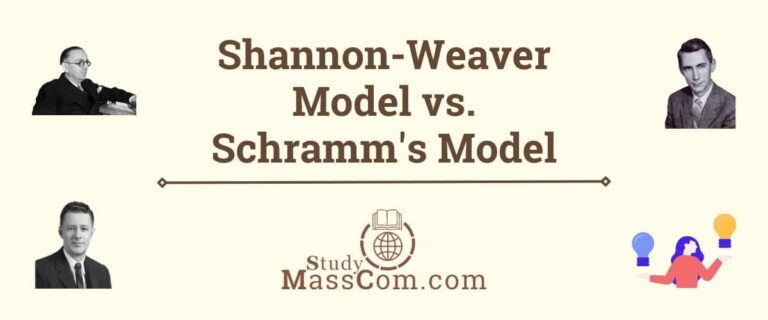Agenda-Setting Theory: Advantages and Disadvantages
Agenda-setting theory is a prominent mass communication theory that explores how the media influence the public’s perception of the importance of various issues by highlighting certain topics and downplaying others. First introduced by Maxwell McCombs and Donald Shaw in 1972, the theory has since undergone significant development and remains relevant in understanding media effects on society. This article delves into the advantages and disadvantages of the agenda-setting theory, discussing its contributions to media studies as well as its limitations and criticisms.

Advantages of Agenda-Setting Theory
Media Influence on Public Perception
One of the primary strengths of the agenda-setting theory is its recognition of the media’s power to shape public opinion. By choosing which stories to cover and how to present them, media outlets can emphasize specific issues, influencing what the audience perceives as significant and relevant. This insight highlights the vital role of media in democratic societies and sparks discussions about media responsibility.
Understanding Media Effects
Agenda-setting theory has provided researchers with a framework to study and understand the impact of media on public attitudes and behaviors. Through empirical studies, scholars have been able to identify correlations between media coverage and public agenda, revealing how media content affects individuals and society as a whole.
Check out the strengths and weaknesses of the Media Dependency Theory.
Media as a Gatekeeper
Agenda-setting theory sheds light on the media’s gatekeeping function, illustrating that journalists and media organizations act as intermediaries between events and the audience. They decide which stories to publish, thereby influencing the selection and prominence of issues presented to the public. This understanding can help in analyzing media biases and their potential implications.
Political and Social Applications
The theory’s insights have proven useful in the context of politics and social movements. Political candidates, for instance, can leverage the media to gain visibility and control their image. Additionally, social activists can strategize media campaigns to raise awareness about particular causes and bring them to the forefront of public discourse.
Agenda-Building and Policy Impact
The theory’s concepts extend beyond the media’s influence on public perception to address how the media’s agenda influences policymakers. By shaping public opinion, media coverage can affect the priority and salience of issues in political decision-making, potentially leading to changes in public policy.
Research Heuristic
Agenda-setting theory has served as a valuable heuristic for scholars investigating various aspects of media communication and its effects. The theory has inspired a plethora of research studies exploring different media formats, journalistic practices, and audience responses, advancing the field of media studies.
Discover the strengths and weaknesses of the Two-Step Flow Theory.
Disadvantages of Agenda-Setting Theory
Simplistic Media Influence
Critics argue that the agenda-setting theory oversimplifies the media’s influence on public opinion. While the theory emphasizes the media’s role in shaping what people think about, it may downplay the complex interplay of personal beliefs, experiences, and other factors that shape individuals’ attitudes and perceptions.
Limited Causality Explanation
The theory focuses on the correlation between media agenda and public agenda, but it does not provide a comprehensive explanation of causality. Establishing a direct causal link between media content and public perception is challenging, as other variables and societal influences are also at play.
Neglect of Media Production Process
Critics argue that the agenda-setting theory places excessive emphasis on the media’s output (the content presented to the public) and neglects the media production process. Understanding the decision-making processes within newsrooms and the factors influencing media gatekeeping is essential for a more nuanced analysis of media effects.
Assumption of Passive Audience
The theory assumes a relatively passive audience, influenced solely by media content. However, modern communication research acknowledges that audiences are active participants in the media consumption process. They interpret and filter information based on their existing beliefs, values, and social contexts.
Ethical Concerns
The theory’s recognition of the media’s agenda-setting power raises ethical concerns about the responsible use of that influence. Media outlets must strike a balance between serving the public interest and pursuing their own commercial or ideological objectives.
Neglect of New Media Landscape
The original agenda-setting theory emerged in an era dominated by traditional mass media. In today’s digital age, where social media, user-generated content, and personalized news algorithms play a significant role, the theory’s applicability and limitations need reassessment.
Check out the advantages and disadvantages of the magic bullet theory or read about the differences between Cultivation Theory and Agenda-Setting Theory.
Conclusion
The agenda-setting theory has been a foundational concept in media studies, offering valuable insights into the media’s influence on public perception and agenda-building. It has contributed to our understanding of media effects, political communication, and social movements. However, the theory also faces criticism for oversimplifying media influence, neglecting audience agency, and lacking a clear causal explanation. As media landscapes continue to evolve, scholars must adapt the theory to account for the complexities of contemporary media environments. Ultimately, recognizing both the advantages and disadvantages of the agenda-setting theory allows for a more nuanced and comprehensive understanding of the media’s role in shaping society.
Explore more mass communication theories and models.
FAQs
The agenda-setting theory has been a significant contribution to the field of media studies. It recognizes the media’s influential role in shaping public opinion by determining which issues receive prominence and coverage. This insight has led to a better understanding of media effects on public attitudes and behaviors. The theory also highlights the gatekeeping function of media, shedding light on the selection and framing of news stories. Its practical applications in politics, social activism, and policy-making have made it a relevant and valuable concept. Moreover, the theory has inspired a wealth of research, advancing our comprehension of media communication.
Despite its contributions, the agenda-setting theory has faced criticism and limitations. It is accused of oversimplifying the complex process of media influence by neglecting individual differences, experiences, and societal factors that shape perceptions. Additionally, establishing a direct causal link between media content and public agenda remains challenging, leaving room for alternative explanations. The theory’s assumption of a passive audience overlooks the active role of individuals in interpreting and filtering information. Furthermore, with the evolving media landscape, the theory’s applicability requires reassessment to address the impact of digital media and personalized algorithms.
The applications of agenda-setting theory span various fields, making it a valuable concept in understanding media influence. In politics, the theory guides political campaigns and public relations strategies to control narratives and gain visibility. Social activists use it to shape media campaigns and raise awareness about specific causes. Policymakers consider media agendas while setting priorities and responding to public concerns. Moreover, media professionals use the theory to understand their role as gatekeepers and make informed decisions about news coverage. Overall, agenda-setting theory’s practical applications extend to communication research, journalism, politics, public relations, and social activism, influencing how information is disseminated and perceived in society.
The focus of agenda-setting theory is on the role of the media in shaping the public’s perception of the importance and salience of various issues. It emphasizes that the media have the power to influence what issues the public thinks about by selecting, framing, and presenting certain topics more prominently than others. The theory does not delve into the details of how the media influence individuals’ opinions directly but instead highlights the correlation between media agendas (what the media cover) and public agendas (what the public considers important). It explores the media’s agenda-setting function, making it a fundamental concept in media studies and communication research.
